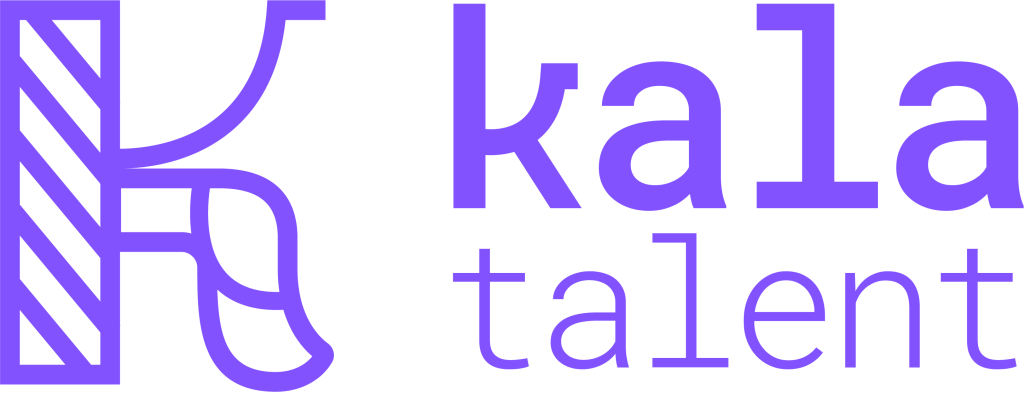Interviews are stressful. Even if you have years of experience, the moment you see a calendar invite with “Interview” in the subject line, your mind starts racing. What if they ask something unexpected? What if you forget to mention your best project? What if you freeze?
The truth is that many candidates are not rejected because they lack skills. They are rejected because they cannot explain clearly what they bring to the table, or because they enter the conversation without structure. Good preparation is what separates a nervous, scattered interview from one where you feel in control and show your value.
You do not need to memorize perfect answers or read a list of the “top 50 interview questions.” What you need is a simple framework that you can use in any interview, for any role, and with any company.
This framework has four steps. If you follow them, you will feel less anxious and more focused, and the interviewer will see a confident professional who knows how to communicate.
Step 1: Know the Role, Know Yourself
Most candidates prepare by reading the job description and comparing it to their resume. That is a start, but not enough. Instead, think of this step as building two maps.
The first map is the company’s needs. Read the JD carefully and underline the problems behind the requirements. For example, if the role is for a Customer Success Manager and the description says “improve retention and reduce churn,” the problem is not just about answering tickets. The company is losing clients and needs someone who can build stronger relationships. If the JD says “experience with HubSpot required,” the problem is that they already have a tool and need someone ready to work with it on day one.
The second map is your own experience. Instead of listing everything you have done, focus on the problems you have solved. Ask yourself:
- What situations have I faced that look like what they describe in the JD?
- What challenges have I solved more than once?
- Where have I created impact that connects directly with this type of role?
This exercise gives you the building blocks for your interview answers. You are not just repeating what the JD says. You are showing that you understand their pain points and can bring solutions.
Step 2: Build Your Key Stories
We all remember stories, not bullet points. If you say “I am good at project management,” it disappears the moment the call ends. If you say, “Last year I managed a cross-functional project with six stakeholders across three time zones and delivered it two weeks early,” they will remember it.
To prepare your stories, use the STAR method:
- Situation: Give context in one or two sentences.
- Task: Explain what needed to be done.
- Action: Describe what you specifically did.
- Result: Share the outcome, ideally with numbers.
Example:
- Situation: Our SaaS company was losing clients after onboarding.
- Task: As a Customer Success Manager, I needed to improve retention.
- Action: I redesigned the onboarding emails, created tutorial videos, and held weekly check-ins during the first month.
- Result: Retention in the first 90 days increased by 20 percent.
You do not need dozens of stories. Prepare one or two that show your main skills: problem-solving, teamwork, ownership, and results. These stories can be adapted to answer many different questions.
Step 3: Practice Your Framework, Not a Script
A common mistake is to memorize answers word by word or number by number. That only increases your stress, because if you forget one line, you feel lost. Instead, think of your stories and points as building blocks. You know the pieces, and you can assemble them in different ways depending on the question.
Practical ways to practice:
- Record yourself answering a few questions and watch the playback. You will notice filler words, speed, or places where your answer is unclear.
- Do a mock interview with a friend or colleague. Sometimes just speaking the answers out loud makes you realize where you are not clear.
- Write down short notes, not full speeches. A few key words are enough to trigger your memory.
The goal is to sound natural, not rehearsed. Interviewers prefer someone who explains things clearly and with energy, rather than someone who sounds like they are reading a script, and also if you forget a word or specific data, no worries explain the impact and keep going.
Step 4: Control the Interview Environment
Interviews are not only about what you say. They are also about how you show up. For remote interviews, this matters even more. Small details can make a big difference in how confident and professional you appear.
- Set up your space: Quiet background, good lighting, and stable internet. Use headphones if possible.
- Test your tools: Make sure Zoom, Google Meet, or Teams is working. Log in five minutes early.
- Have notes ready: Keep your key points visible but out of sight from the camera.
- Body language: Look at the camera, not the screen, when you speak. Smile and nod when listening. These small signals show you are engaged.
By controlling what you can, you reduce distractions and nerves. You also show the interviewer that you are prepared and respectful of their time.
A Bonus Step: Prepare Questions
Every interview ends with the same line: “Do you have any questions for us?” Many candidates see this as a formality. In reality, it is an important parts of the interview. It is your chance to show that you are serious about the role and that you are evaluating them as much as they are evaluating you.
Avoid generic questions like “What is the company culture like?” Instead, prepare two or three thoughtful ones, for example:
- “How do you measure success for this role in the first six months?”
- “What are the biggest challenges the team is facing right now?”
Its also important to analyze the timing and who is the interviewer. If you have two minutes left maybe wont make sense to ask long questions, also if you want to know about the strategy of the business and you are talking with a Junior Assistant probably makes more sense to ask that in the next stage.
So…preparing for interviews does not need to feel like studying for an exam. It is about telling your story in a way that connects with the company’s needs. If you follow this framework, you will stop overthinking and start showing your value with confidence.
The next time you get an interview invitation, do not panic. Open the JD, map the problems, match them with your stories, and practice your building blocks. Remember that you are not there to give perfect answers, you are there to show how you solve problems, communicate, and bring results.
And one last thing: treat the interview as a two-way conversation. The company is choosing you, but you are also choosing them. The best interviews are not interrogations. They are conversations between professionals who want to build something together.



